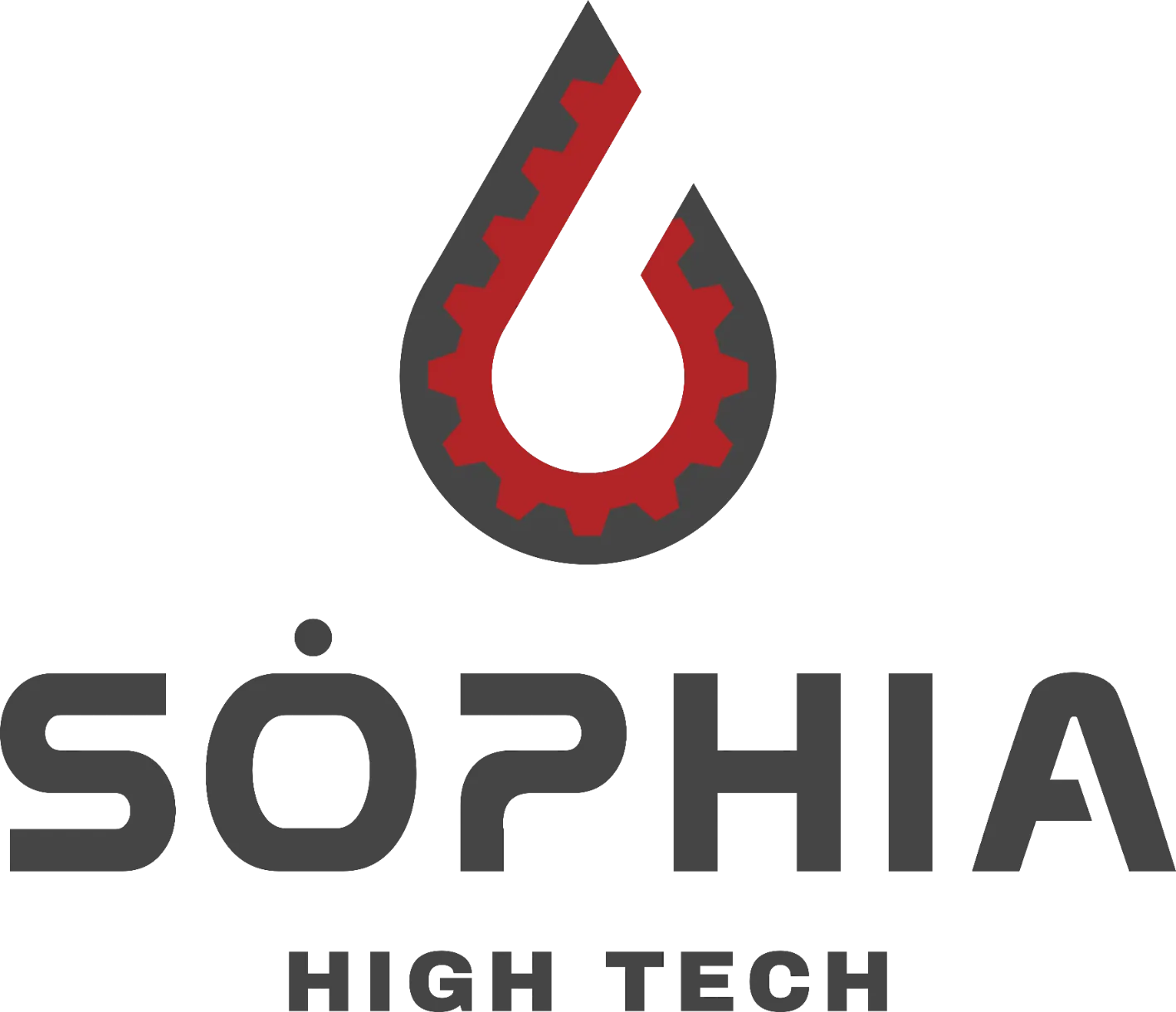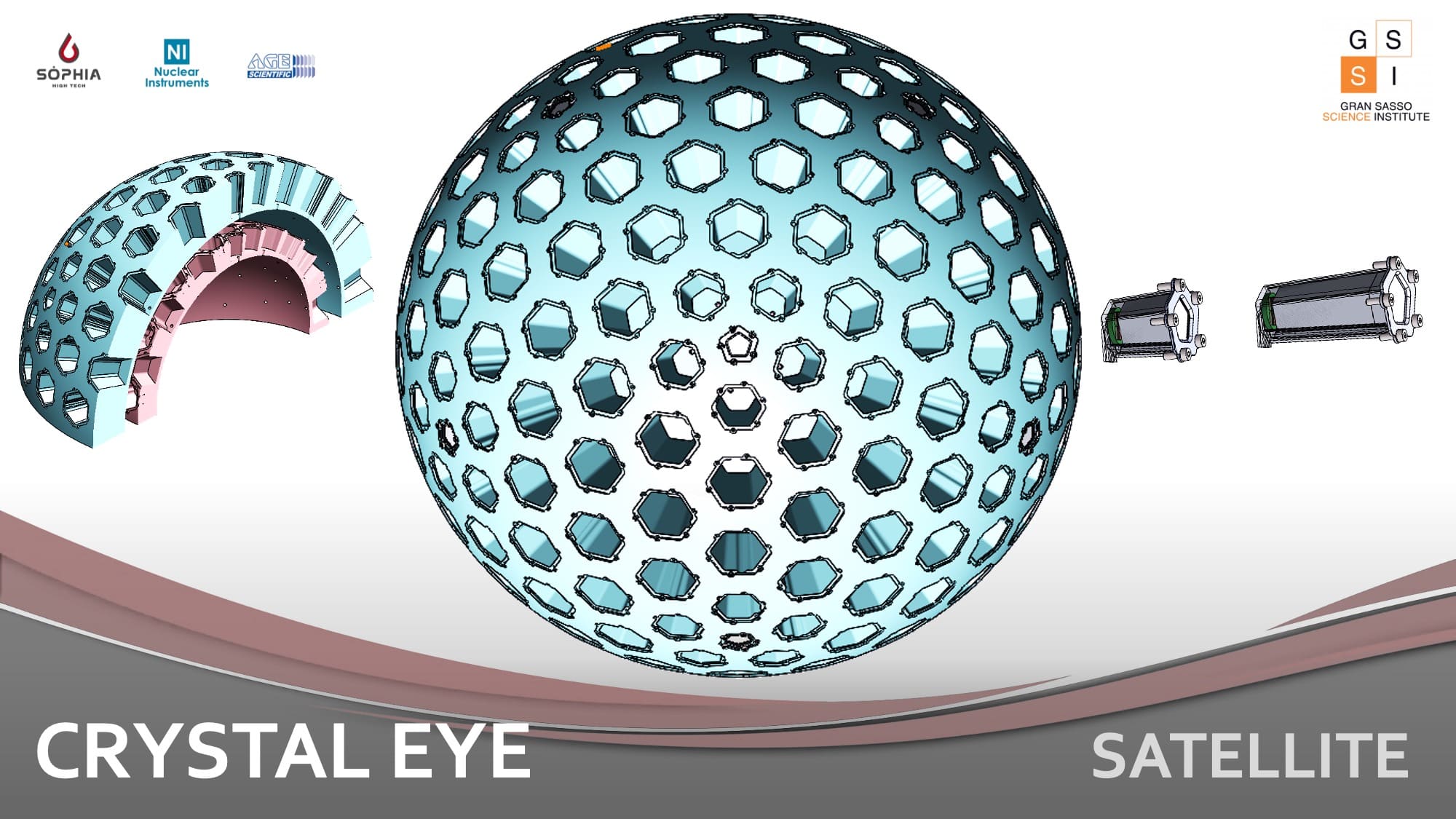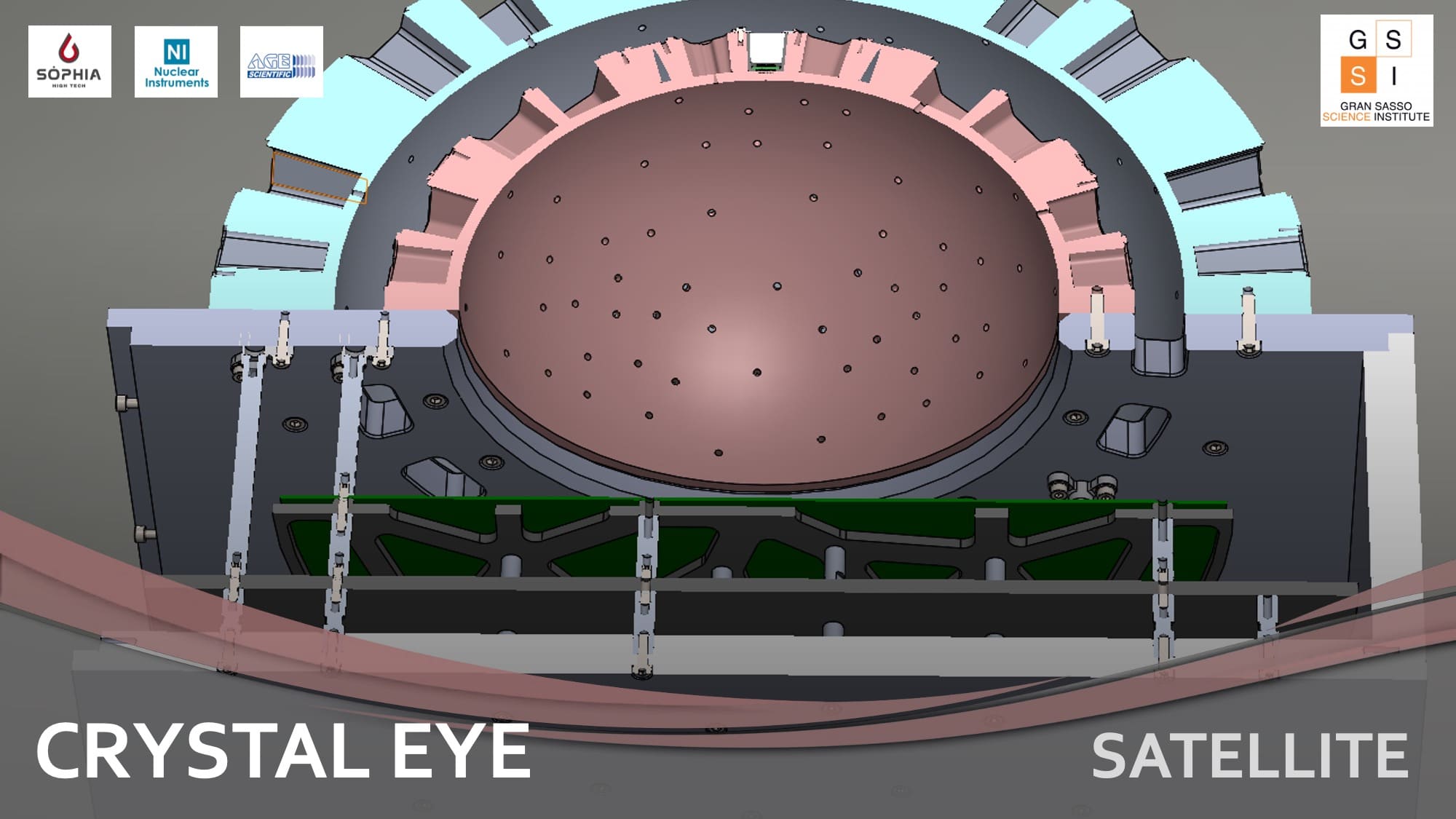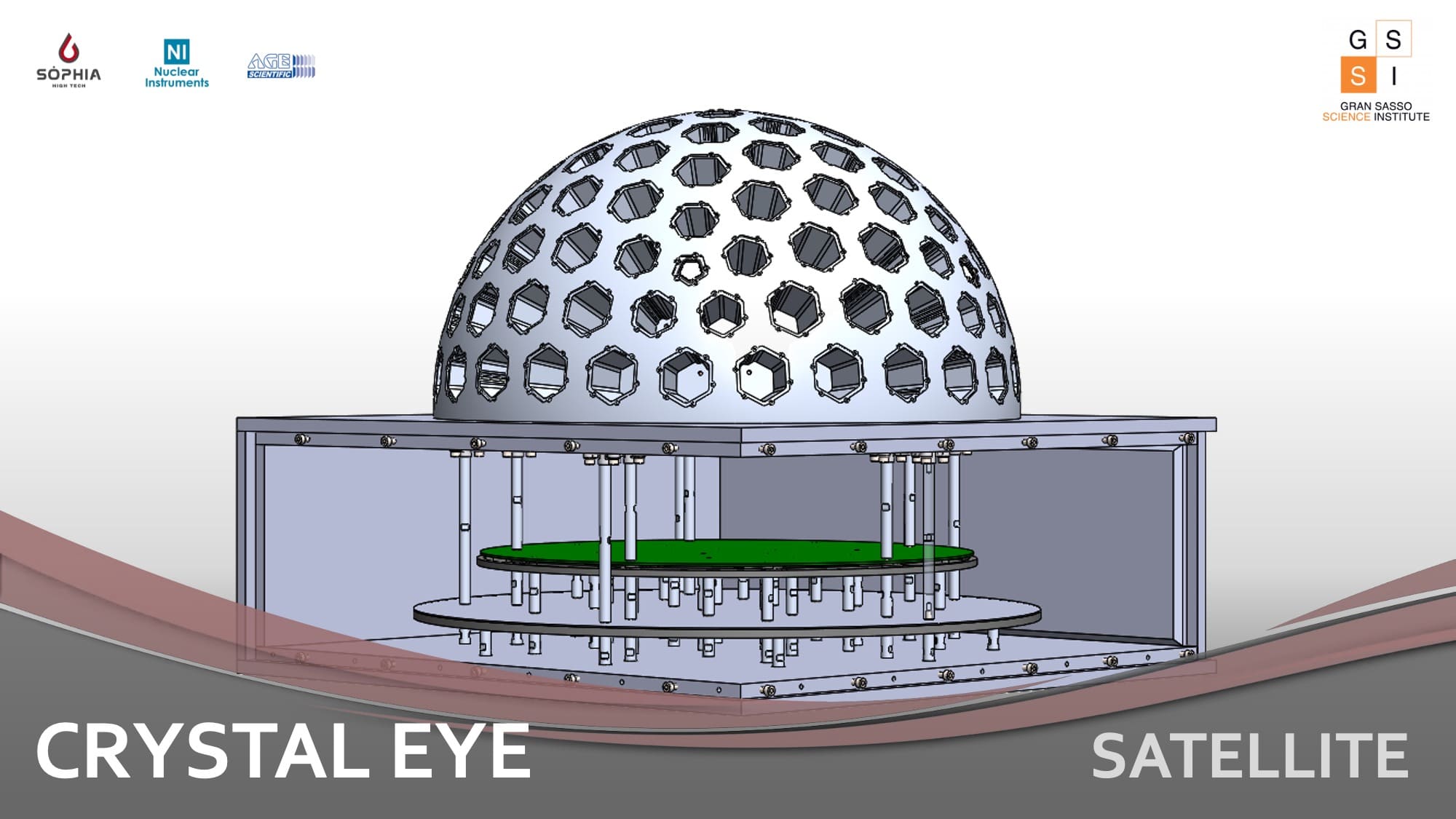Context | ASTRA Space Project
Astra stands for Advanced Space Technologies and Research Alliance. Its goal is to contribute to technological innovation in the space sector, bridging the gap between pure research and its application. It involves the participation of three public research centers and two private entities. The first three are Gran Sasso Science Institute (GSSI, lead partner), of the University of Perugia and of the National Institute of Astrophysics (INAF). The two private partner institutes are the Bruno Kessler Foundation and Thales Alenia Space SpA.
Astra’s main objective is to develop technologies and devices that can help bridge the gap that separates “pure” research from that more suited to industrial and commercial fields, in the space sector. Specifically, the research activities will concern both hardware and software aspects, with particular attention also to technological transfer and the impact of the project on the territory and in the industrial area
In this innovative context, Crystal Eye was born: a pioneering satellite in the astronomical field. It is a sensor capable of flying along low Earth orbits (between 300 and a thousand kilometers around the Earth) and designed to be installed on satellites and/or space stations. A project destined to have a strong impact on future space missions.
In the ASTRA Space Project, the SOPHIAGENI consortium, represented by Sòphia High Tech in partnership with Nuclear Instruments and AGE Scientific, was chosen by the GSSI to carry out the Design, Optimization, Development, Engineering, Realization and Assembly activities of both the Structural Model [SM] and the Flight Model [FM] of the P /L Crystal Eye, and also to develop and create the readout and control electronics of the P/L EU-TEL, for the success of the space mission. All activities are performed and qualified in accordance with the ECSS Standards released by European Space Agency [ESA]
Targets | Crystal Eye Satellite
Crystal Eye has a very compact structure: a 20 centimeter hemisphere, weighing approximately 50 kilos. The P/L bases its operating principle on the observation of medium-low energy gamma rays (10 keV – 30 MeV).
The objective of the Crystal Eye project is therefore the development, testing and validation of new technologies for the in-orbit observation of gamma rays associated with various phenomena, both astrophysical, among which Gamma Ray Bursts (GRBs) prevail, and generated in Earth’s atmosphere such as Terrestrial gamma ray flashes (TGF).
The activities carried out by the SOPHIAGENI consortium concern the design, optimization and engineering activities aimed at both the development and creation of a scale prototype, of the SM, EM and FM of the P/L Crystal Eye, as well as the control board (EU- TEL). In detail:
- For the Crystal Eye satellite: the design, optimization, engineering, development and implementation of the mechanical structure, the proximity electronic structure, the power, processing and control electronics, of the entire software and firmware component of the procurement of the necessary sensors, the final integration of scale prototype, SM, EM and FM of the P/L, as well as definition and implementation of the space qualification tests in which GSSI personnel will also participate;
- For the EU-TEL satellite: the design, optimization, engineering, development and implementation of EM and FM of the P/L control electronics.
Program | Crystal Eye
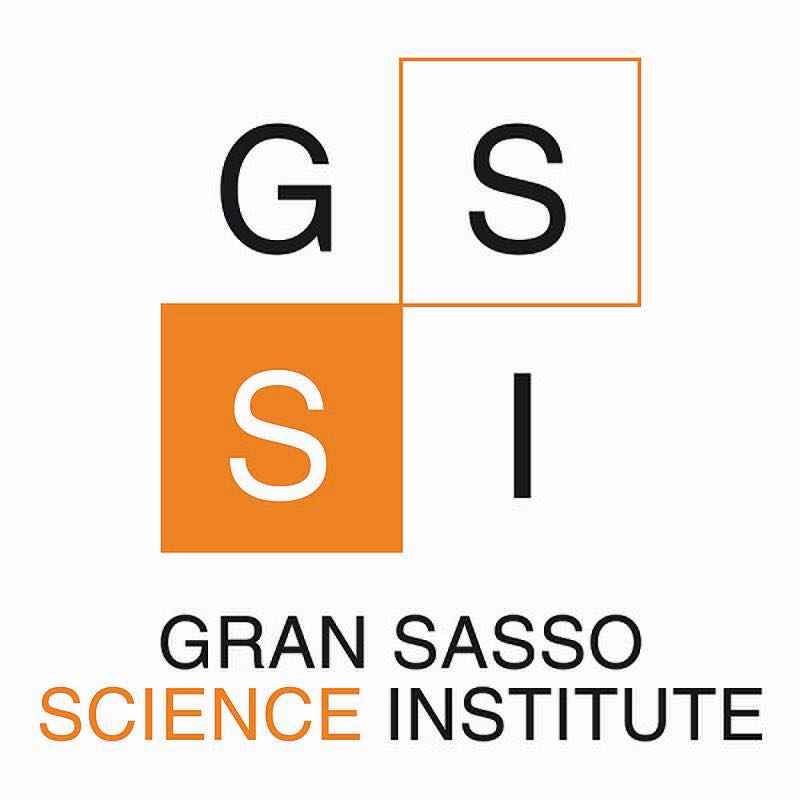
Award Decree N° 193/2024 of 06/28/2024 for EU Tender 143155-2024 of 08/03/2024
CIG B0B26E50A0 | CUP D13C21000430001
